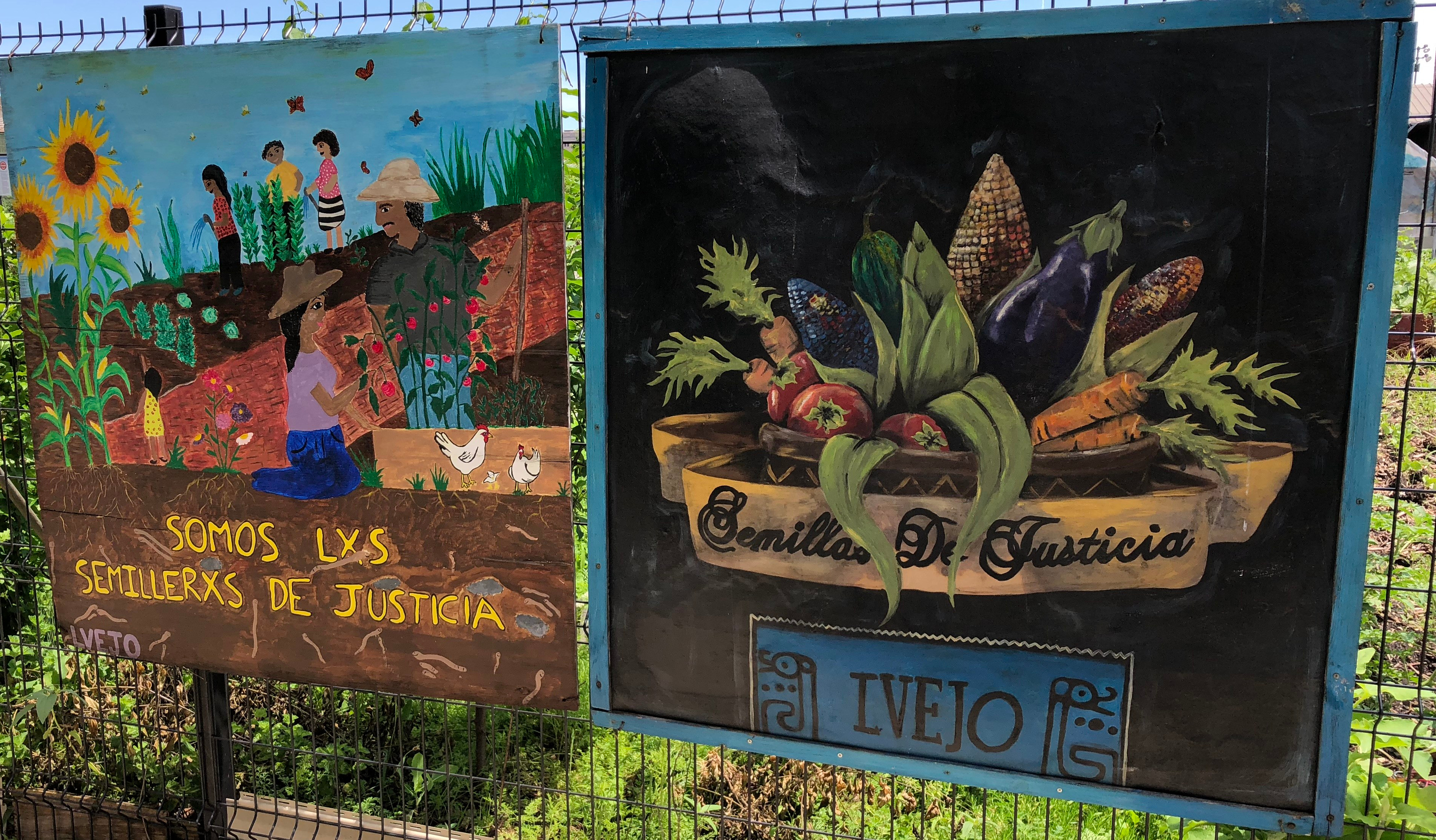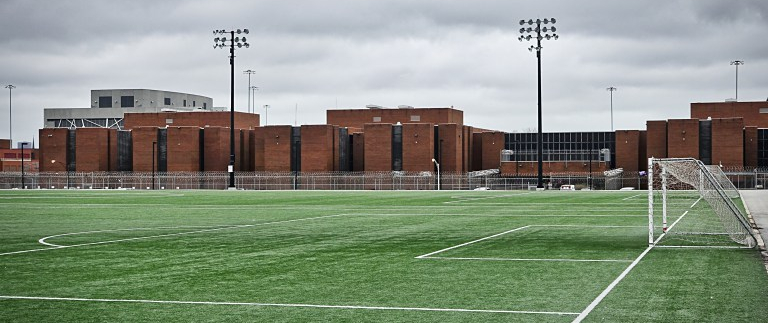I’m an only child. At least that’s the way I’ve always thought about, and been told about myself. It’s the way I’ve been treated, with all the family’s child-rearing attention and resources coming my way and later all the responsibility for helping my parents through their twilight years.
Many years ago, maybe 25 or more, my dad told me about another child he’d fathered, before he met my mom, after he came home from his decorated naval service in World War II. He didn’t tell me the mother’s name. All he said was she’d had a girl in Minneapolis. That’s what I knew.
It didn’t change how I thought of myself – the only child – at least not for a long time. I took it as a story about him, something he wanted me to know. I don’t think my mother knew. But they have both passed away.
And that’s when I began to think about having a half-sister, about not really being an only child. When my dad was alive, I wasn’t really that curious. And when I did think about it, I imagined this woman, my half-sister, probably had very negative feelings about Dad. I was very close to him and didn’t want to confront that.
But he was gone, and Mom was, too, so I didn’t have to worry about upsetting her. Still, I had no idea how to find someone whose name I didn’t know. My wife and a friend ganged up on me, pushing me to sign up for a genetic ancestry service. It seemed like a very long, longshot. I did it anyway.
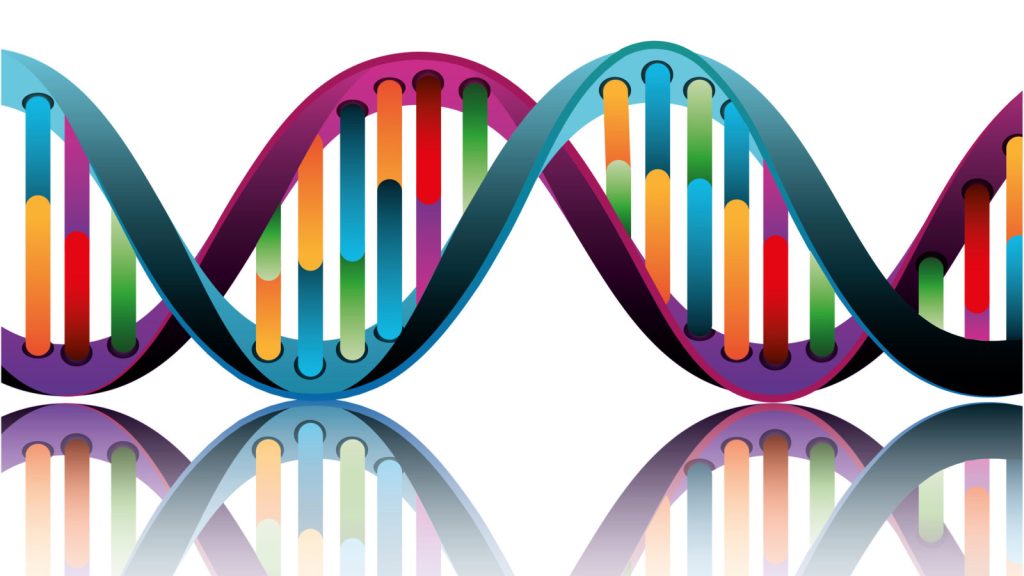
Every couple of months, the service I signed up for sends out an email saying you have some new relatives in their gene pool. Nothing encouraging showed up for more than a year. The most DNA I shared with anyone on my list was 3%.
Then one day I get the email, go to the website, check the list, and a 39-year-old woman pops up with 12% DNA in common with me, not old enough to be a half-sister and not enough shared DNA. The service said it was probably a first cousin.
So I write to her through the service, asking if she had any idea how we are related. Here’s what she said:
“My guess is that we are related on my mother’s side. However, she is adopted, and we know very little about her birth family. All I know is that her birth mother was Swedish and English, and her birth father was Jewish. Documents state he was about 5’8’ with dark hair. My mother was born in Minnesota in 1946.”
I replied with the story my dad had told me and concluded: “I am very very likely to be your (half?) uncle.” She was my niece. I’ll call her K.
K and I began corresponding. She was very curious about my dad and had lots of questions about him and me. She sent me a photo of her mom at 13. I opened it and just started crying.
After a couple of weeks, I asked K if she’d told her mother about me. She hadn’t. She asked a few more questions and then, a couple of days later, I get an email from her that was copied to “Mom.”
So I was communicating with both of them and, niece and sister, but mostly with L, my half sister. Google knows where everyone lives, so I looked her up. I was more than surprised at the result. My wife’s family—her mother, sister and sister’s family are all in Houston and L is in a nearby suburb, just a short drive from my mother-in-law’s apartment.
It wasn’t long before we were headed to Texas for a family event. I didn’t want to rush L, but I emailed her that we were coming and asked if she want to meet face-to-face. She immediately fired an answer back and we worked out a plan for getting together. Shortly after a warm, if a little bit tense, meeting, the pandemic hit, and we’ve all been homebound since. So now we’ve met, though just that once, and we’re having to build a relationship through email. Frustrating.
While the whole experience has been extremely emotional for me, it is a delight. I’m not sure why. In most ways, L is a complete stranger. We’ve led such different lives. Yet I feel a connection that goes well beyond those few hours over lunch and a bunch of emails. Is there really something about sharing the same blood, the same genes, that actually draws people together? Or is it just something I’ve always wanted—I used to daydream about having a sister when I was growing up—and so I’m creating that connection in my own head. I guess I’ll never know.
What I do know is, I’m so lucky that K and I subscribed to the same service, 23 and Me. Now I’m looking forward to the day when we can travel again. I want to know L and her husband, B, better, to meet my niece and nephew and get to know them and their families. It may never happen. I hope it does.
 The time is ticking by so slowly. My most recent high-risk encounter was last Thursday, riding a crowded el train. So, 10 more days to go before I’m most likely virus negative. The fear that, in the past two weeks, I’ve somehow contracted the disease is haunting me, as I’m sure it is many others, especially those my age. In many ways it’s a relief that Chicago and Illinois are shutting everything down. Now I don’t have to worry that I’m missing something. In the meantime we’ll be watching movies on the tube (actually, it’s not a tube anymore, is it?) and trying to cook inventive meals that don’t send us out shopping to often.
The time is ticking by so slowly. My most recent high-risk encounter was last Thursday, riding a crowded el train. So, 10 more days to go before I’m most likely virus negative. The fear that, in the past two weeks, I’ve somehow contracted the disease is haunting me, as I’m sure it is many others, especially those my age. In many ways it’s a relief that Chicago and Illinois are shutting everything down. Now I don’t have to worry that I’m missing something. In the meantime we’ll be watching movies on the tube (actually, it’s not a tube anymore, is it?) and trying to cook inventive meals that don’t send us out shopping to often.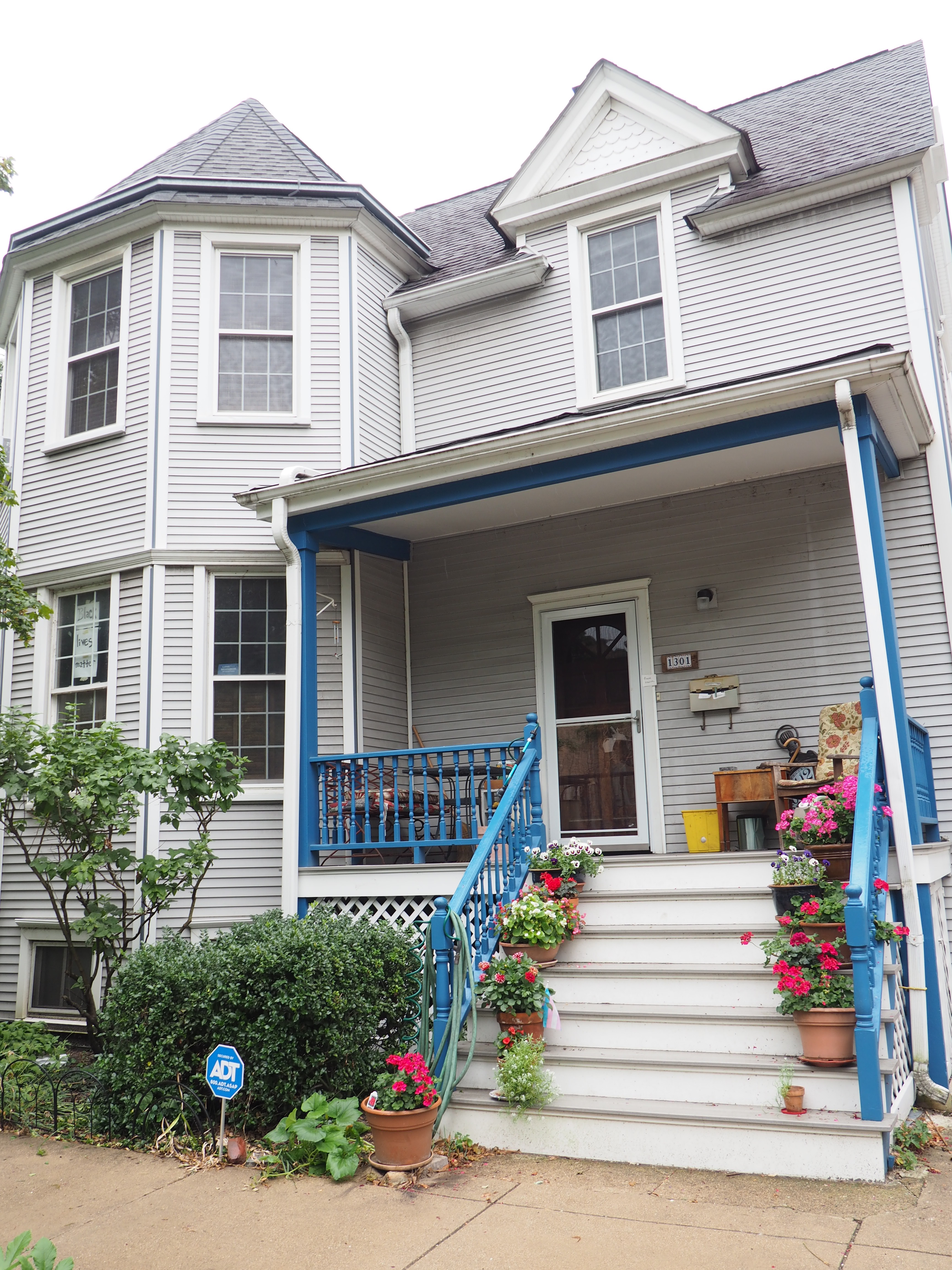 We bought our house in 2008. It was a lovely city frame house, smallish, perched on 2/3 of a city lot, with the ground and second floors giving us just 1,500 square feet. But it has a huge deck instead of a back yard, a finished basement, a nice front porch for sitting and watching the neighborhood go by and a loft overlooking our cathedral-ceilinged bedroom instead of an attic. It has lots of oak trim on the ground floor and hardwood floors throughout – a vintage home, Sandi’s bottom line – built in 1896.
We bought our house in 2008. It was a lovely city frame house, smallish, perched on 2/3 of a city lot, with the ground and second floors giving us just 1,500 square feet. But it has a huge deck instead of a back yard, a finished basement, a nice front porch for sitting and watching the neighborhood go by and a loft overlooking our cathedral-ceilinged bedroom instead of an attic. It has lots of oak trim on the ground floor and hardwood floors throughout – a vintage home, Sandi’s bottom line – built in 1896.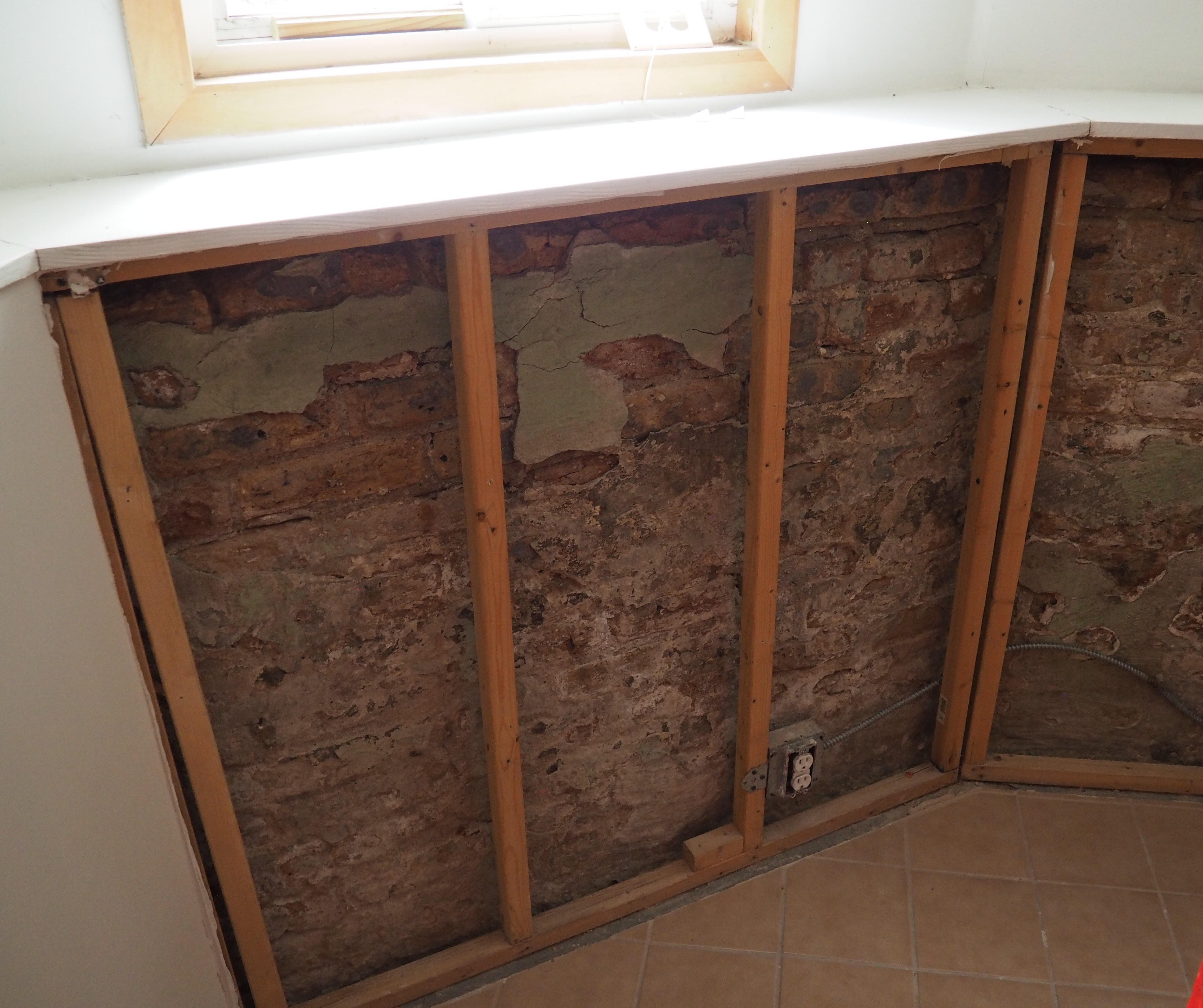
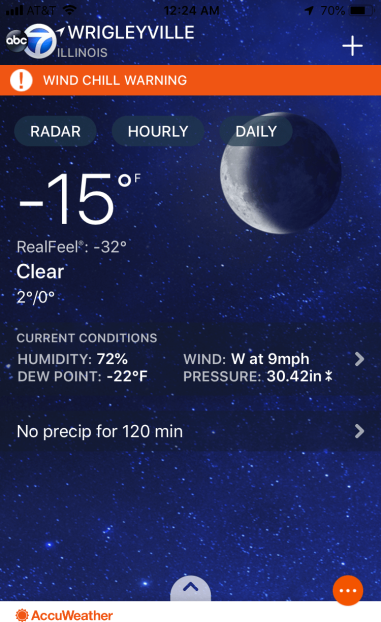 So far the pipes haven’t frozen, though the basement dropped below freezing for a bit. I kept some water trickling through and turned on a space heater. There’s one more day of the worst of it.
So far the pipes haven’t frozen, though the basement dropped below freezing for a bit. I kept some water trickling through and turned on a space heater. There’s one more day of the worst of it. Okay, so the International Panel on Climate Change
Okay, so the International Panel on Climate Change  The NCA’s 4th report “assesses the science of climate change and variability and its impacts across the United States, now and throughout this century.” And the picture it paints isn’t pretty, especially for “People who are already vulnerable, including lower-income and other marginalized communities,” because they “have lower capacity to prepare for and cope with extreme weather and climate-related events and are expected to experience greater impacts.”
The NCA’s 4th report “assesses the science of climate change and variability and its impacts across the United States, now and throughout this century.” And the picture it paints isn’t pretty, especially for “People who are already vulnerable, including lower-income and other marginalized communities,” because they “have lower capacity to prepare for and cope with extreme weather and climate-related events and are expected to experience greater impacts.” The IPCC report emphasizes that we still have time to reach the Paris accords goal of limiting warming to 1.5 degrees Centigrade. Along with a host of qualifications, the panel says, “1.5°C-consistent pathways can be identified under a range of assumptions about economic growth, technology developments and lifestyles.” (My emphasis added.)
The IPCC report emphasizes that we still have time to reach the Paris accords goal of limiting warming to 1.5 degrees Centigrade. Along with a host of qualifications, the panel says, “1.5°C-consistent pathways can be identified under a range of assumptions about economic growth, technology developments and lifestyles.” (My emphasis added.)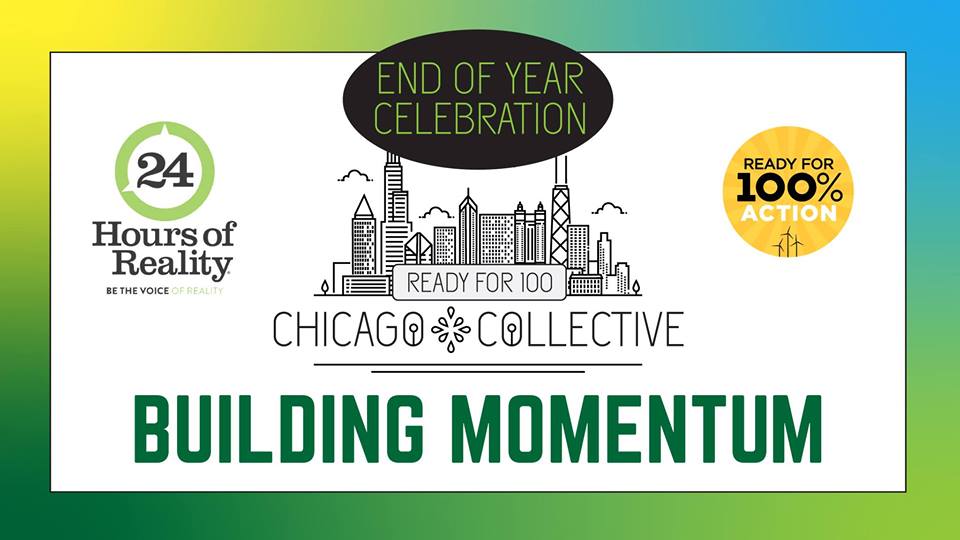 Better yet, i
Better yet, i
 The route I chose took me through one of Chicago’s entrenched industrial corridors, along Blue Island Ave., where trucks and trains and boats bring food for city dwellers – especially produce. Past Enriquez Produce, the Chicago International Produce Market, Los Compadres Distributors, Jack Tuchten Wholesale Produce, Pacella Trucking Express, Preferred Freezer Services of Chicago, Golden Country Oriental Food, and into the heart and soul of Mexican Chicago – Pilsen and Little Village.
The route I chose took me through one of Chicago’s entrenched industrial corridors, along Blue Island Ave., where trucks and trains and boats bring food for city dwellers – especially produce. Past Enriquez Produce, the Chicago International Produce Market, Los Compadres Distributors, Jack Tuchten Wholesale Produce, Pacella Trucking Express, Preferred Freezer Services of Chicago, Golden Country Oriental Food, and into the heart and soul of Mexican Chicago – Pilsen and Little Village.
